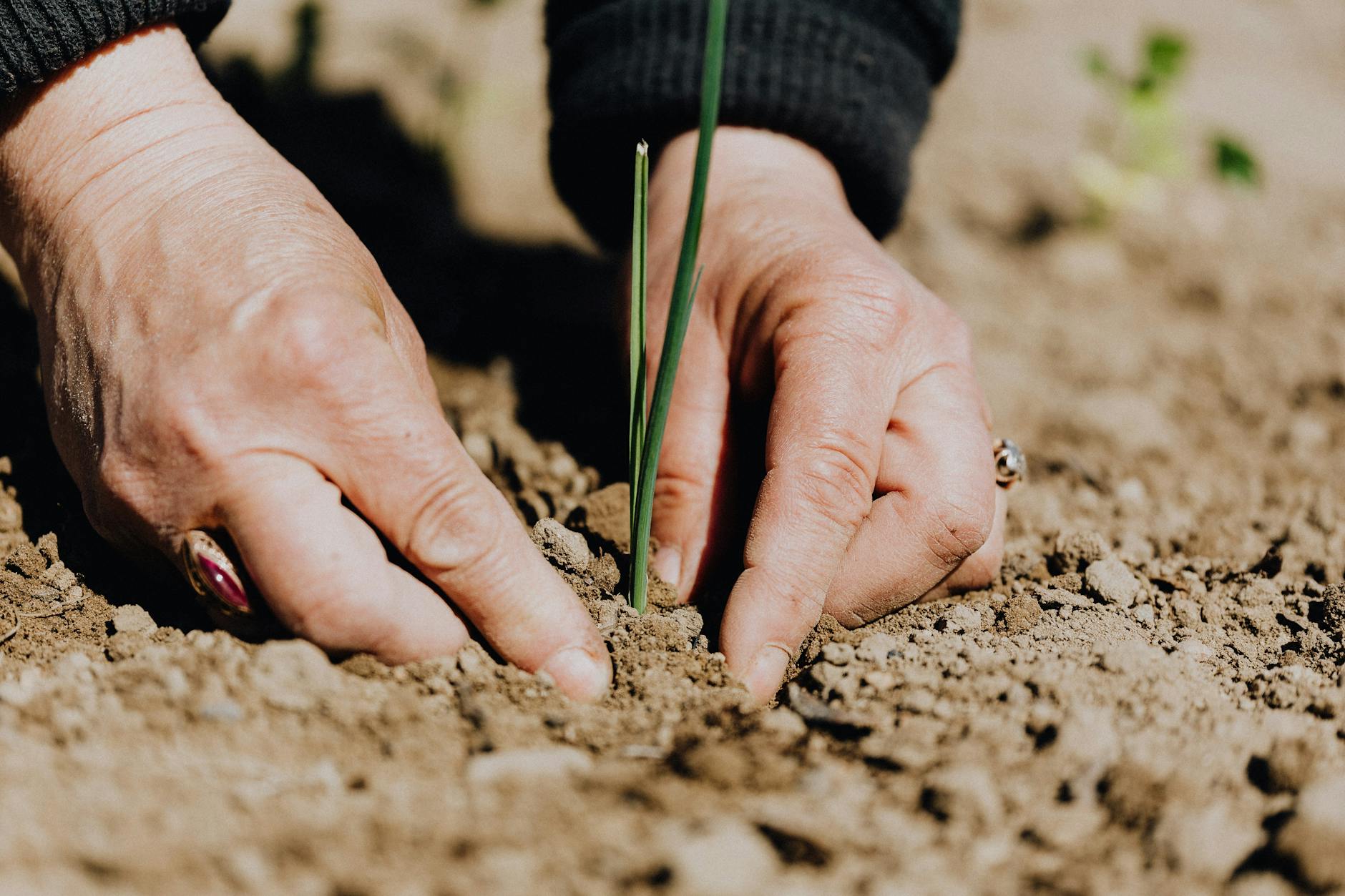It’s no question that humans have put themselves in a messy predicament with Mother Nature. Our obsession with fuel and overproduction and our hate of discomfort are finally paying off: we have abused a woeful mother awake. But as it is with nature, its wrath is not selectively applied upon the leading perpetrators of this crime on the natural world. Victims of it become victims because of circumstance.
Socioeconomic status, race, ethnicity, and even gender can affect the weight of one’s burden caused by adverse environmental changes. Though social and systemic discrimination and class division are easily neglected in discussions on the environment, the intersectionality of environmental issues is just beginning to gain traction, especially as the implications of our industries’ recklessness over the years surface at greater intensities.
In a society under capitalist principles, poverty is certain to expose an individual to more health and economic risks, the states of which will be worsened as the climate crisis continues. Populations in developing countries are more susceptible to disease because their infrastructure, technology, healthcare, and education are lacking. Obviously, this is an existing problem even without climate change– but experts project that it will worsen with climate conditions growing more advantageous for diseases to spread.
Research has revealed that as poverty exacerbates the impact of climate change on humanity, climate change further exacerbates poverty. In one study, a model without climate change in the equation predicted a higher economic growth rate per person than the one that accounted for the effects of current development patterns on the environment. But there’s no need for a simulation to realize the heightened adversities that the poor have to deal with. Natural disasters have already disproportionately affected low-income communities, such as those in Mexico that suffered with inadequate aid after the earthquake in 2017 and Puerto Ricans of high-poverty areas that experienced increased death rates post Hurricane Maria. The former also shows that it’s not merely individual financial situations that make communities more vulnerable; the problem is embedded in the system as well.
Racial minorities are also subject to more severe disadvantages and risks caused by the climate crisis, mainly because of systemic racism. Besides the fact that healthcare facilities associated with racial and ethnic minorities are often underfunded, implicit biases by healthcare providers prevent people of color from receiving the treatment they need. This has contributed to the increased death rates in Black Americans. According to CDC statistics, Black, Latinx, Hispanic, and Native populations experience poorer adult health statuses than white populations. This is indicative of the vulnerability of racial minorities to the plethora of added health risks in the wake of climate change.
Historical segregation, whose effects persist in segregated neighborhoods, place communities of people of color in comparatively less developed neighborhoods while their wealthier, white counterparts live in areas sufficiently supplied with critical service providers. In times of disaster, this becomes a problem because that means that power in those areas are prioritized, depleting other at-risk neighborhoods of much needed support and energy, as was the case during the Texas snowstorm earlier this year. Though this approach seems rational at first, it is a hasty solution that neglects the urgent needs of minority communities. Residential segregation also puts racial minorities in areas that are more prone to pollution exposure, compounding their susceptibility to health problems.
Gender inequality is also a factor of climate injustice, particularly in developing countries. Due to the cultural norms that prevent women from working, many of them have no choice but to rely on agriculture to sustain their lifestyles. Consequently, when both sudden and gradual weather changes occur, their overall yields will begin to suffer unless they are able to make modifications. Higher rates of poverty in female-led households and LGBTQ+ people, in developing countries or otherwise, are also a sign of magnified exposure of the marginalized to environmental dangers caused by the patriarchy.

The significance of indigenous practices in ecological conservation has yet to be widely acknowledged – rather, these traditions are at risk as tribes continue to be oppressed since colonization for the sake of industrial advancement. On top of the exploitation of their sacred land and vital resources, Native communities have one of the highest poverty rates in the U.S. and, subsequently, poorest health and death rates, partially due to stark employment opportunities. This makes them one of the first to be hit with the consequences of detrimental changes in the environment despite being some of the most knowledgeable in combatting them.
Experts have recognized that traditional knowledge and methods of assessing climate conditions and reacting to them can equal or even surpass the limits of western technology. The Afar pastoralists in Ethiopia have intricate systems of discerning and predicting weather phenomena as an integrated part of their culture and thus are able to sense changes that data and modern science sometimes cannot. Using established human networks, their nuanced relationship with the environment enables entire communities to prepare for incoming weather and minimize damage.
Current climate adaptation policies are insufficient in addressing these discrepancies and catering to the specific needs of each community. Time and again, they tend to focus on preserving the lifestyles of the high and middle bands of socioeconomic class. Developed countries lean towards spending on water, energy, and professional services in climate change adaptation initiatives and spend less on natural environment and agriculture compared to developing countries. This pattern favors the high-consumption ways of life attributed to wealthy city-dwellers and industrial advancement.
Another example of ineffective climate action is green gentrification, which refers to the “environmentally friendly” city plans that actually pose greater harm on the marginalized that reside in targeted areas. When high-poverty neighborhoods are transformed into lush, green spaces, rising housing prices and loss of land forces low-income residents to relocate – or stay and suffer a growing financial burden.
But a challenge is that climate change is making it harder to implement effective policies for adaptation. As weather and climate grow increasingly capricious each year, even modern science is not yet advanced enough to discern sudden extreme weather phenomena quickly enough for governments to react in time. Not only that, but rising temperatures, especially in the tropics, make excellent conditions for the spread of some diseases like malaria, which is passed through a species of parasite that live in mosquitoes.
If governments want sustained, effective adaptation plans, it’s critical that they adopt the intersectional perspective that is indispensable to tackling the climate issue. There is no doubt that a greener world will benefit all of society, including vulnerable groups. In turn, protecting and uplifting these groups can help achieve a sustainable and clean environment.
Perhaps most importantly, it should be stressed that the the underprivileged shouldn’t be regarded as mere victims. Instead, their viewpoints and experiences should be directly considered and incorporated into the system. Only then can true climate justice materialize. This means more female, racial minority, LGBTQ+, and indigenous representation in the government. It means marginalized perspectives being the center and foundation of policymaking. It means listening to reliable indigenous knowledge with as much earnestness as we trust western science(which many of us fail to recognize is insufficient in many ways, particularly in assisting the marginalized in rural areas). It means abolishing the top-down nature of policymaking and implementation, especially in most countries, like the U.S., where congress remains predominantly white and male.
Although representation and awareness of the prevalence of intersectional environmentalism is improving with the promises of the Biden administration and the ardent work of activists, there is still much work to be done. The needs of the collective, not just of the privileged and of the major industries, have been ignored for far too long. As for the efforts that were put forth in the past, much of them were inept endeavors that sometimes put communities in deeper despondency than they already were. What the world needs is a shift in perspective, because what truly is at stake in a deteriorating environment is not our economy, but all of our people, and true societal advancement is impossible when even one group is silenced.
Photo: Pexels




